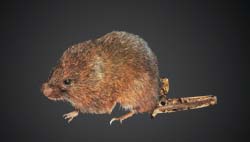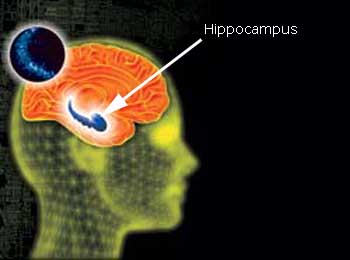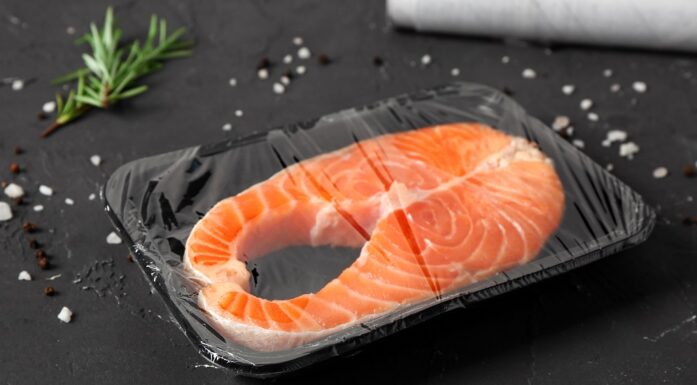Do you remember?
Is it easy for you to remember the names of people you meet? Can you remember which direction you came from when you leave a shopping centre? Do you get high scores on trivia tests? Then you likely have a highly developed hippocampus.
The hippocampus is a tiny fold under the cerebral cortex. Its name comes from its shape, which resembles a sea horse. The hippocampus is crucial in both humans and animals for its ability to store sensory impressions in the form of memories.

Photo: Rune Petter Ness
NAVIGATION WITH THE HIPPOCAMPUS:
When taxi drivers are asked to visualize or explain a driving route between two locations, maps of their brains show more intensive activity in the cells of the hippocampus. If the drivers visualise static images, the hippocampus is not activated. A similar study involved subjects who navigated in a virtual space. The better they were at navigating in a virtual city, the higher the activity of cells in the hippocampus .
The hippocampus stores information about places, facts, and events, in a format that resembles a map. It is connected to much of the brain’s cortex, and organizes the “network connections” to long-term memory.
Visual, auditory, olfactory and taste impressions are stored in different parts of the brain, and researchers believe that the hippocampus makes a link between different storage structures for a brief period after something has been learned.
The research group of May-Britt Moser and Edvard Moser at the Centre for the Biology of Memory in Trondheim has discovered a new memory system in the brain. In this system, information from the cortex generally chooses one of two paths into the hippocampus.
Only one path is needed for memory retrieval, while both paths are able to handle recognition. Retrieval and recognition are memory processes used on a daily basis. When we meet someone whose name we cannot remember, the brain initiates a complex retrieval process. Recognition is easier: It is easier to remember the name of a person if we are given a set of alternatives memory jogs to choose from.
The discovery of these two memory systems is important for understanding how memory function is impaired or destroyed in people suffering from dementia or other memory-related diseases.
RECOGNITION:
In multiple-choice quizzes, the brain tries to recognize the correct answer. If you are presented with a list of names and then are asked whether a particular name was on the list, the same processes take place in the brain: When you recognize the name, signals from the cerebral cortex are transferred directly to each station of the hippocampus.
RETRIEVAL:
When you play trivia games like Trivial Pursuit, the brain uses retrieval techniques to access memories. Trivia questions present you with questions, but no alternatives. Thus, the memory process involved is different than that required for recognition: The neural impulses from the cortex follow an indirect route or path and are treated consecutively by different stations of the hippocampus.

MANY PARTNERS:
The polygamous rodent species Microtus pennsylvanicus has a large hippocampus because it expends lots of energy juggling all its female rodents in its large
territory. In contrast, the monogamous rodent species Microtus pinetorum has a rather small hippocampus – probably because it stays faithfully with just one partner and knows her location at any time.





